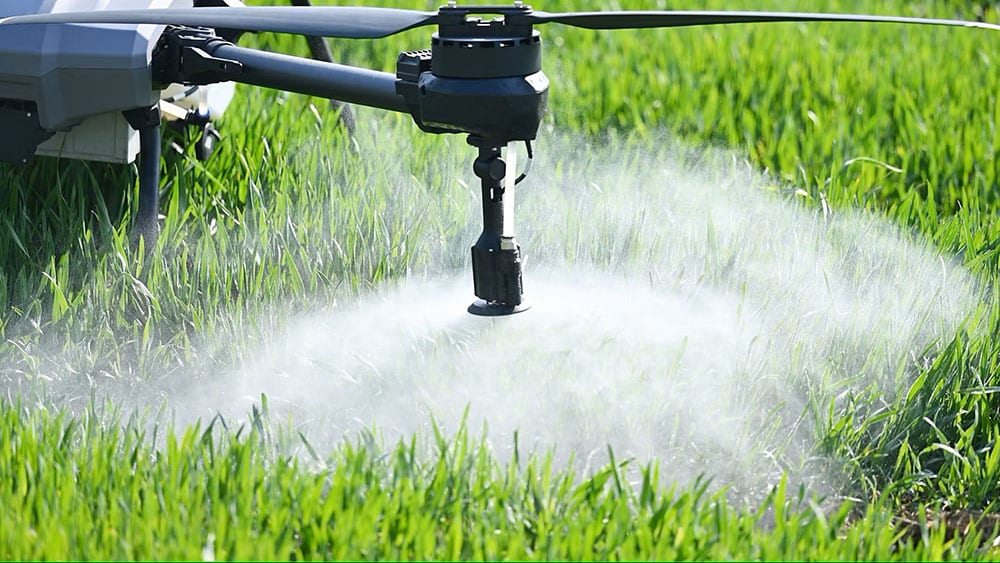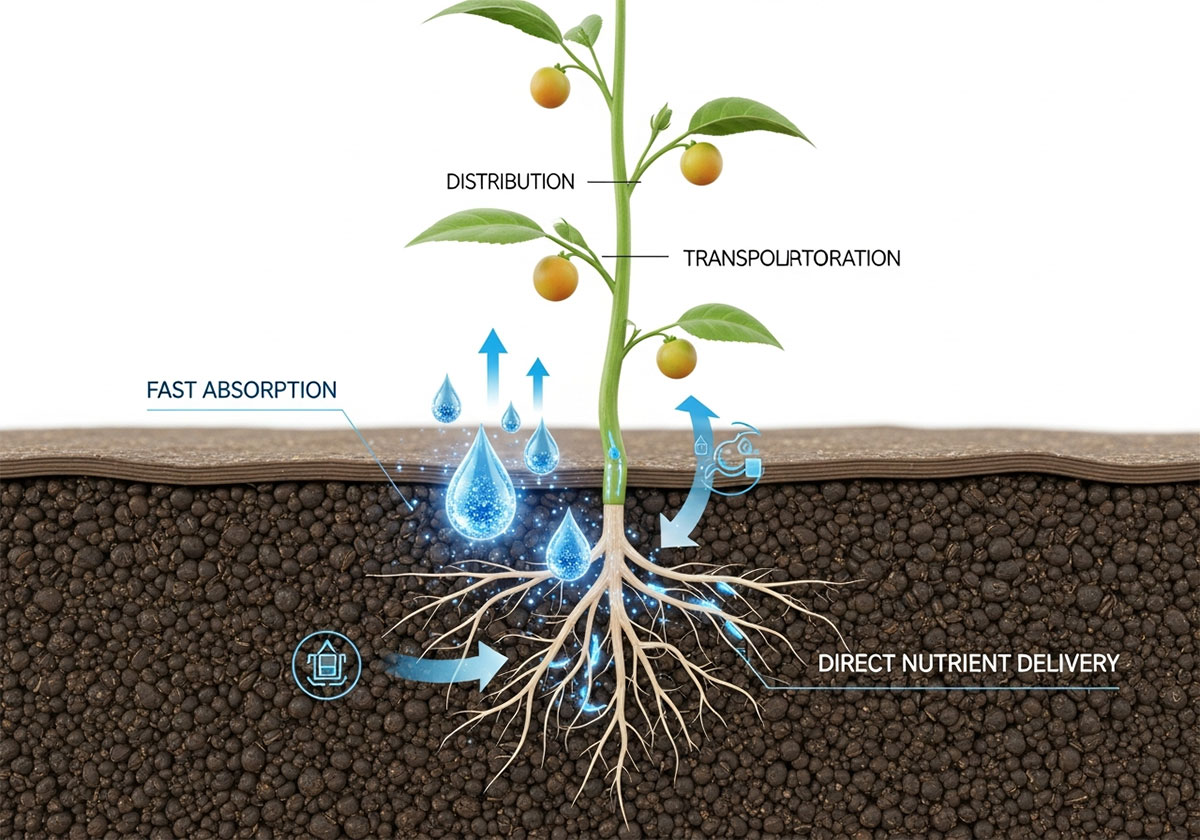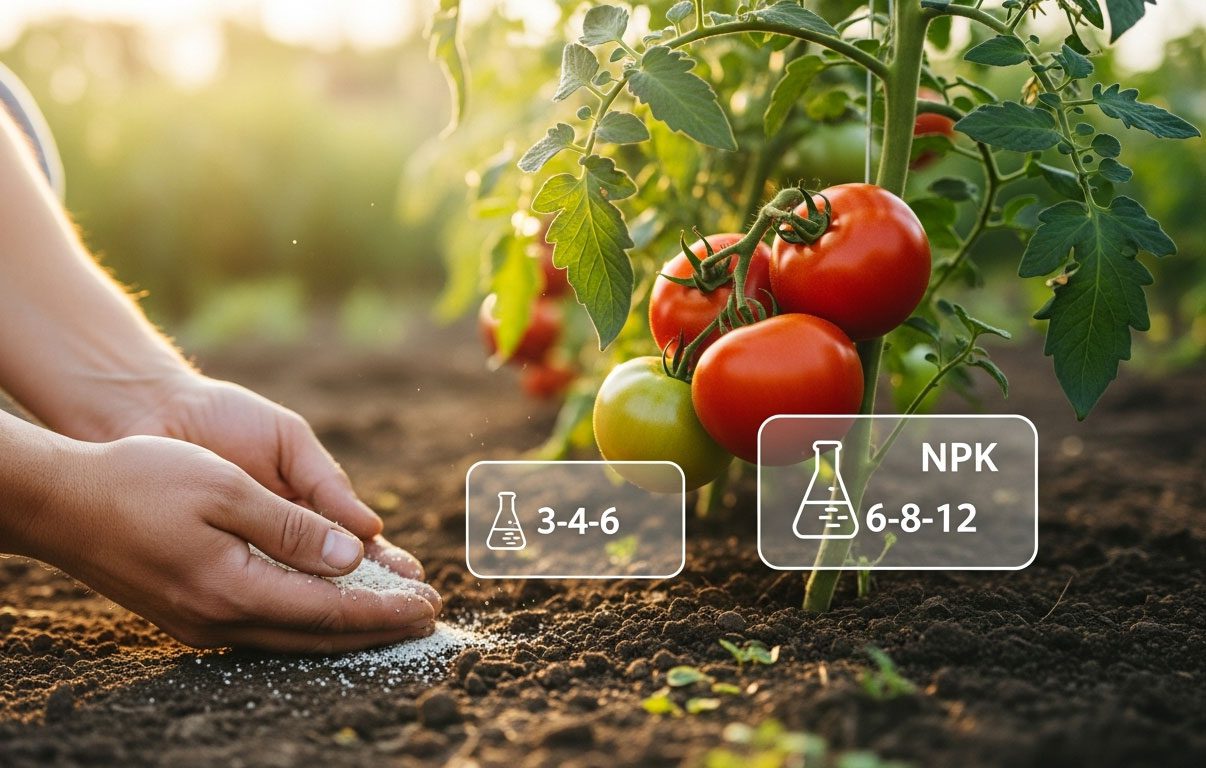table of contents
As farmers and gardeners, most of us will use fertilizer to provide essential nutrients for our plants. Some people will use chemical fertilizer; some use the organic fertilizer. However, the factory will manufacture the fertilizer with different forms based on the demands. Today, we will introduce the liquid fertilizer with its benefits, types, and application.
What is liquid fertilizer for plants?
Liquid fertilizer is a kind of fertilizer in the form of liquid, which has dissolved the nutrients that plants need into the water. It can quickly feed the plants. Liquid fertilizers can deliver nutrients directly through the soil or leaves, they can be absorbed faster than granular fertilizers, which are slow-release fertilizers and should take time to break down.
The main difference from granular fertilizer:
- Liquid Fertilizer: It works quickly and is easy to use and can be sprayed on leaves.
- Granular Fertilizer: It takes longer to show results, but it lasts longer and releases nutrients slowly.
Liquid fertilizer is great for plants because it can offer the nutrients for plants immediately, especially when our plants happen to face some problems, such as lacking some certain nutrients, it can be a plant doctor to help them out.
Advantages of Using Liquid Fertilizer
Compared with other fertilizers, there are many benefits to using liquid fertilizers, as below:
- Quick Nutrient Absorption: Plants can get the nutrients immediately after fertilization.
- Easy to Use: You can apply the liquid fertilizer by watering or spraying.
- Suitable for Indoor or Potted Plants: It can feed plants consistently even in poor soil conditions.
- Better for plants: It can make leaves greener, roots stronger, and yield higher.
- Flexibility: Depending on the needs of the plants, it can be used as a foliar spray or a soil drench.
Different Types of Liquid Fertilizers
1. Organic Liquid Fertilizers
They come from natural sources and help the soil stay healthy, making farming sustainable. Some examples are:
- Seaweed extract: It is full of trace minerals that can help roots grow.
- Fish emulsion: It is high in nitrogen and good for leafy greens, such as the vegetables.
- Compost: Such as tea seed, soybean meal, and rapeseed meal, fermented and used as fertilizers, they are a good source of nutrients and good microbes in a balanced way.
2. Synthetic Liquid Fertilizers
They are made with chemicals to give specific nutrients in the right amounts. They can work very fast, but they might not make the soil more fertile in a long time.
3. Homemade Liquid Fertilizers
As farmers or gardeners, some of them will make the liquid fertilizer by themselves, like:
- Banana peel meal: It is high in potassium.
- Coffee ground liquid: It can supply nitrogen in an organic way.
- Molasses solution: It can provide the microbes nutrients, which is beneficial to the soil.
The Best Liquid Fertilizer for Different Plants
- High-nitrogen and high-potassium liquid fertilizers work best on vegetables, such as tomatoes, peppers, and leafy greens.
- Balanced NPK liquid fertilizers can help flowers and other plants bloom.
- For indoor houseplants, you should dilute the liquid fertilizer, which can keep them from getting too much food in small pots.
- For lawns and gardens, liquid lawn fertilizers make grass grow quickly.
How to Use Liquid Fertilizer the Right Way
- Dilution: To keep plants from getting burned, you should always follow the manufacturer’s instructions for how much to dilute.
- Application Frequency: Once every one to two weeks during the growing season.
- Way to use:
- Soil Drench: Pour it right at the base of the plants.
- Foliar Spray: Spray on leaves so that nutrients can be absorbed quickly.
Please pay attention. Don’t use too much fertilizer, it can hurt roots and soil microbes.
Liquid Fertilizer Compared with Granular Fertilizer
| Feature | Liquid Fertilizer | Granular Fertilizer |
|---|---|---|
| Speed of Action | Fast (24 hours – 7 days) | Slow (1-7 weeks) |
| Application | Easy to spary or water in | Needs mixing into soil |
| Longevity | Short-term | Long-lasting |
| Best Use | Quick plant boost | long-term soil nutrition |
Important tip: For organic gardening, a mix of liquid and granular fertilizers is usually best.
Common Problems & Troubleshooting
- Brown leaf: It means too much salt; it should be flushed with plain water.
- Purple stems: It means that the plant needs more phosphorus. Change to bloom formula.
- Tall & Pale Plants: It means you don’t get enough light and have too much nitrogen. Go to the sun and lower the dose.
- Flower drop: Low potassium or wild temperature swings can cause flowers to drop.
- Yellow new leaves: If your new leaves are yellow, you need more iron. You can raise the pH a little or add chelated iron.
- Wilting after feeding: If the plant wilts after being fed, it has root burn. Wash the roots, cut off the dead parts, and put them back in the pot.
Should I DIY or Buy Liquid Fertilizer?
We all know that DIY is cheaper than buying from sellers. Because some resources come from kitchen scraps, they can help to save some money. But it smells bad, and you don’t know how many nutrients it has. Liquids you buy at the store cost more, but they always work, which can help you to save your plant life. So if you’re well experienced in DIY and know all the nutrients, you can do your own DIY liquid fertilizer. On the contrary, if you’re a new guy in this field, we suggest you buy it from a store; here are the buying tips:
- Choosing OMRI-listed products
- A heavy-metal test on the website (look for < 0.1 ppm lead)
- The manufacture date should be within 18 months for live microbes.
Where to Buy Liquid Fertilizers?

If you’re looking for high-quality liquid fertilizer in bulk, Rutom Bio. is a good choice for you, which is a professional organic fertilizer factory with:
- More 10 years of experience manufacturing organic fertilizer
- ECOCERT EU, USDA NOP, JAS and CERES
- OEM & ODM packaging choice
- Shipping in bulk from China to markets around the world
Conclusion
Liquid fertilizer for plants is a great tool for both farmers and gardeners. It works quickly, is easy to use, and can be used on a variety of plants. Choose the right liquid fertilizers, use them correctly, and keep an eye on the soil conditions for the best results. Using both liquid and granular fertilizers can help your plants grow right away and keep your soil healthy for a long time.
FAQs About Liquid Fertilizer for Plants
1. What is the best liquid fertilizer for houseplants?
A balanced, diluted organic liquid fertilizer is best for houseplants to avoid root burn.
2. Can I make liquid fertilizer at home?
Yes, compost tea, banana peel tea, and coffee ground liquid are popular homemade options.
3. How often should I apply liquid fertilizer?
Most plants benefit from applications every 1–2 weeks during active growth.
4. Is liquid fertilizer safe for organic gardening?
Yes, when using organic sources such as fish emulsion, seaweed extract, or compost tea.
5. Can I use liquid fertilizer as a foliar spray?
Yes, foliar feeding provides fast nutrient absorption, especially during nutrient deficiencies.









